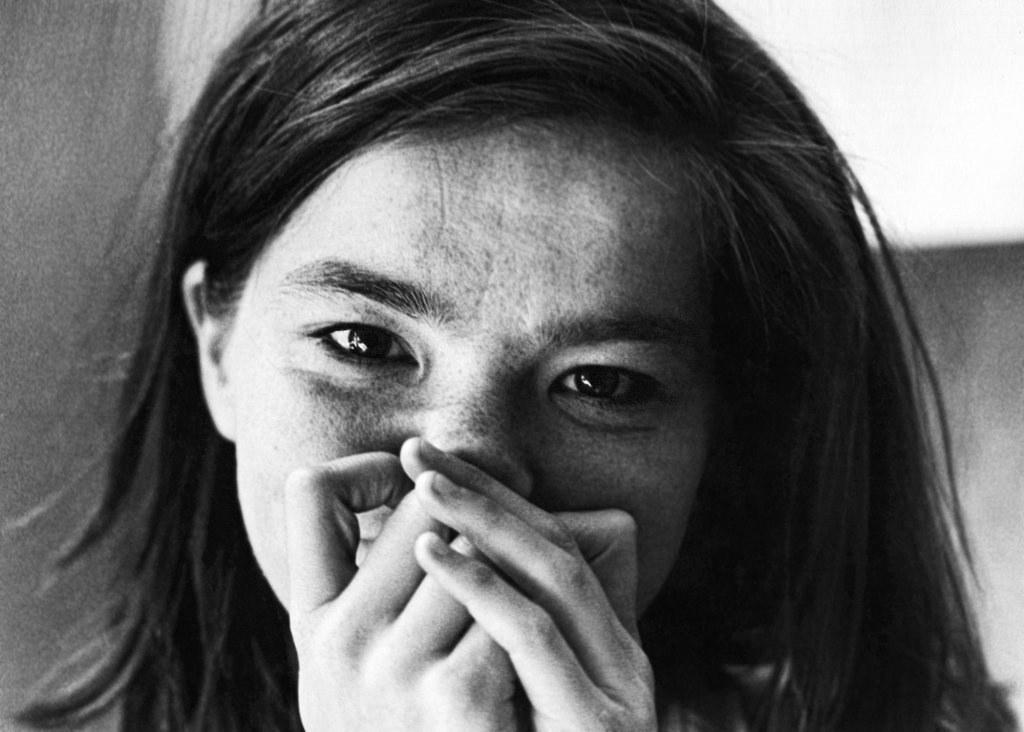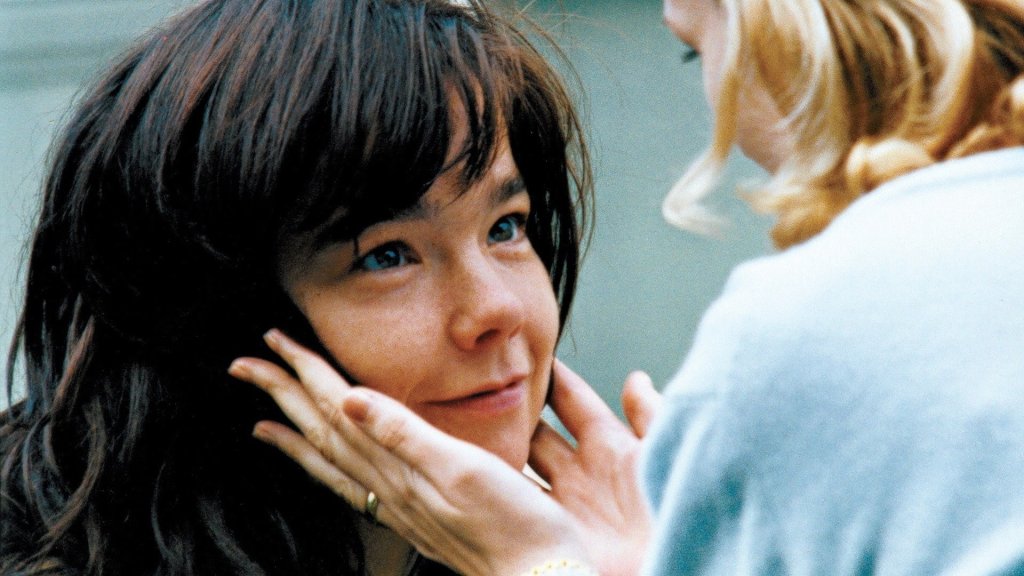It’s perhaps no exaggeration to say that Björk is probably the most famous Icelandic personality to have ever lived, and was just 11 years old when she launched her unparalleled musical career with her first album. Without doubt one of the most brilliant artists the music world has produced in the last 35 years, with songs like “Hyper-Ballad”, “Human Behavior” and even “All Is Full of Love”. Björk is reported to have sold almost 40 million records worldwide. In 2015, Time put her on its list of the 100 most influential people in the world, and she has won five BRIT Awards and been nominated for 15 Grammy Awards.
The Icelandic singer is known not only for her unique voice, three-octave vocal range and bold musical choices, but also for her eccentric public persona and charitable work. Her duet “Oral” with Spanish singer Rosalia, released on 21 November, is her most captivating song in years, and incidentally, supports the fight against intensive salmon farming. The song “aims to highlight the alarming cruelty of offshore salmon farming in Iceland and its serious environmental and ecological consequences,” according to a statement.
Over the course of his four-decade career, she has developed an eclectic musical style that draws from electronic, folk, pop, experimental, trip hop, classical, and avant-garde music. Björk’s first solo album of the same name was released in 1977 on the Fálkinn label, and she has subsequently appeared as a singer in bands such as Tappi Tíkarrass, Kukl and, of course, the Sugarcubes. Björk moved to London in the early nineties, where she began working with producer Nelle Hooper and released her first adult solo studio album Debut in 1993, which eventually went platinum in several countries and was voted Album of the Year by the NME. Her collaboration with Hooper resulted in her first international solo hit, “Human Behaviour”. The song was not widely played on the radio in most countries, but Björk realised that she was going to put a huge emphasis on the visuals! The music video was directed by Michel Gondry, who became a frequent collaborator of Björk and got serious airtime on MTV. The debut album features a number of songs she has written since she was a teenager, alongside collaborations with Hooper. Just a year later, she won Best International Female and Best International New Artist at the Brit Awards, and by then she was truly the it-girl. Her success led to collaborations with more artists, such as David Arnold on “Play Dead”, and she co-wrote the song “Bedtime Story” for Madonna.

Björk’s second solo studio album was Post, released in 1995. Building on the success of Debut, Björk continued to pursue a variety of sounds, with a particular interest in dance and techno: a trip hop/electronica sound dominates songs such as “Possibly Maybe” and “Enjoy”. But just think of the thundering industrial beats of “Army of Me”! In 2003, the album was ranked 373rd on Rolling Stone magazine’s list of the 500 greatest albums of all time.
Björk’s next album was “Homogenic” in 1997, recorded in Spain. This album is considered to be one of her most experimental works. Her connection to his native Iceland is evident on the album, which also received positive reviews. Following the album, Björk’s most famous music videos were released on DVD, pioneering the field and paving the way for many future artists. In 1999, Björk took on the role of writer and producer of the score for the film “Dancer in the Dark”, and director Lars Von Trier even persuaded Björk to play the lead role herself. The film debuted at Cannes in 2000, where it won the Palme d’Or and Björk the Best Actress prize. The role took a mental toll on her, and she made a vow never to act again. The soundtrack was released as Selmasongs, a duet with Thom Yorke of Radiohead. The song “I’ve Seen It All” was nominated for the Academy Award for Best Original Song and was performed at the 2001 Oscars. It was then that Björk appeared in her iconic swan dress.

Björk’s next album was released in 2001. Vespertine is an album with chamber orchestra, choirs, soft vocals, microbeats produced with household voices, and even personal and more vulnerable themes, which sold over two million copies worldwide. The videos for the album’s songs caused a stir, especially “Pagan Poetry”, in which Björk showed nipples and simulated fellatio, and which was eventually banned by MTV. Released in 2004, “Medúlla” again aimed for a new sound. Throat singer Tanya Tagaq, hip-hop beatboxer Rahzel, Japanese beatboxer Dokaka, avant-rocker Mike Patton, Soft Machine drummer/singer Robert Wyatt, and several choirs contributed to the album. Later that year, Björk performed at the opening ceremony of the 2004 Summer Olympics in Athens with her song Oceania, which she wrote especially for the occasion.
In 2007, Björk released her sixth studio album Volta, the first to reach the top 10 in the US. After the 18-month Volta tour, Björk spent a lot of time, energy, and money raising awareness of the perseverance of nature and marine life, and collaborated on a number of projects. In 2011, Biophilia combined music with technological innovation, science and themes of nature. On her 2015 album Vulnicura, Björk deals with her break-up with her ex, artist Matthew Barney, and the lyrics are unusually raw and emotional for Björk. Her next album, Utopia, was released two years later and was about love. “Spending time with someone you enjoy when the dream becomes reality”. The album was produced by Arca, and Björk described her journey with Arca as “the most powerful musical relationship she has ever experienced.” Her most recent album, Fossora, released last September, received a nomination for Best Alternative Music Album at this year’s Grammy Awards, Björk’s ninth consecutive nomination in that category.
Björk’s three-decade solo career has seen her develop an inimitably eclectic and avant-garde musical world that incorporates many elements of electronic, alternative, trip hop, experimental, jazz, alternative rock, and contemporary classical music, among others. Her music has been the subject of decade after decade of study, as it consistently defies any genre categorisation. According to Taylor Ho Bynum of The New Yorker, “no contemporary artist bridges the gap between musical experimenter and pop star as gracefully as Björk.”